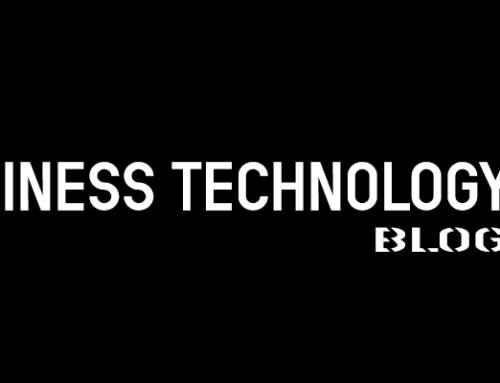TechBento’s service level agreements are the cornerstone of our managed services. They set expectations, priorities, and are integral to operational excellence. We are fanatical about tracking our response times and honoring our committments to shared responsibility. We also build personal relationships and make an extraordinary effort to know our customers. The result of all this is a conflict between accessibility and backlog.
Backlogs are one of the most essential components of technology companies. While they can be problematic when stretched too far, they fundamentally represent an asset and unrealized revenue for a managed service provider. In fact, as we write this blog our stats indicate over 200 hours of backlogged work giving our team plenty of opportunity to remain busy even under #coronatimes.
At the same time we try to be accessible. While we tend to remind everyone that established procedures are the only way to assuring that we do our job within expectations, we take calls when busy, answer text messages, or give out our cell phones.
The Problem
Backlog and the work in front of us is frequently in conflict with our desire to take care of everything promptly. When that text message appears, or the cell phone rings we – to our detriment – often handle it. With a healthy backlog, flexible work conditions, and personal time to maintain mind and body health a distraction is always a distraction. Our approach to dealing with this has historically been a mix of DND on cell phones, noise cancelling headphones, notification hygiene, and continuous effort to ensure that we could function without being distracted. Well, the reality is the effort involved in protecting ourselves has reached a point of absurdity, and we thought it was time to change.
The Solution
Rather than resist we felt it would be better to go with the flow. The idea is that it would be less stressful on our teams to simply know they can change course as needed (task autonomy), make our customers happy, and maintain that healthy level of backlog. To do that, we needed to change a key component of our service level agreements: priority access. We have a mantra that says “highest SLA goes first” and we could not compromise that. At the same time, we needed a way to deal with the distractions. To do that we realized that every task we do can be uncoupled from the central mass. By effectively decentralizing our workloads we could more effectively leverage our existing SLAs. The idea of burstable service level agreements was born. Here is how they work:
Automatic activation of priority response for incidents and requests. TechBento’s SLAs describe operating practices and communication procedures. Occasionally customers diverge from the process out of convenience, urgency, or circumstances. Despite the challenge in triaging such requests, we make an effort to answer those requests promptly. We automatically burst service level agreements to the next tier and dedicate staff to solving the issue. Customers receive priority outside of an established agreement, charged at a premium and require customer communication through completion. In other words, the bursts are billed at a higher rate, billed in increments, and require customer communicate the closure (or hold) of a request to release our team and stop billing. Burstable requests are treated as security incidents affecting confidentiality, integrity, and availability of data.

